Disclosure: This article contains affiliate links. We may earn a commission from purchases at no extra cost to you, which helps our travel content.
The first time I visited Verona with my college roommates years ago, I made the classic tourist mistake—rushing to Juliet's balcony, snapping the obligatory photo, and considering the city 'done.' How wrong I was! It wasn't until my return visit this spring that I discovered Verona is so much more than Shakespeare's romantic backdrop. This UNESCO World Heritage city cradles over 2,000 years of history within its ancient walls, from magnificent Roman engineering to medieval religious artistry. While tourists flock to the famous balcony (which, ironically, was built in the 1930s), the real Verona waits to be discovered in its hidden corners and lesser-known historical sites. This weekend guide will take you beyond the crowds to explore seven historical gems that showcase the authentic heart of this northern Italian treasure. Whether you're planning a romantic getaway or simply appreciate history without the tourist crush, these spots offer a more intimate connection with Verona's remarkable past.
1. Porta Borsari: The Ancient Gateway to Verona
Standing before the imposing limestone façade of Porta Borsari, I couldn't help but imagine Roman legionaries marching through this very gateway some 2,000 years ago. This remarkably preserved 1st-century AD Roman gate once served as the main entrance to Verona along the Via Postumia, the ancient road connecting Genoa to Aquileia.
What makes Porta Borsari special isn't just its age but its architectural details that have survived millennia. Look up and you'll notice the two levels of arched windows, twelve in total, each telling stories of Roman engineering brilliance. The Latin inscription above the arches dates from 245 AD and commemorates the city walls built during Emperor Gallienus's reign.
Unlike many Roman ruins that require extensive imagination to visualize their former glory, Porta Borsari stands almost intact. Its honey-colored limestone has weathered the centuries, taking on a golden glow in the late afternoon sun that makes it perfect for photography.
What struck me most was how everyday Veronese simply walk past this extraordinary monument on their daily commute, perhaps stopping to meet friends at the small café directly across from it. This juxtaposition of ancient history and modern life is what makes Verona so captivating.
I recommend visiting early morning when the light is soft and before tour groups arrive. Bring a good travel camera to capture the intricate architectural details—the shadows and textures are particularly striking at this time of day.
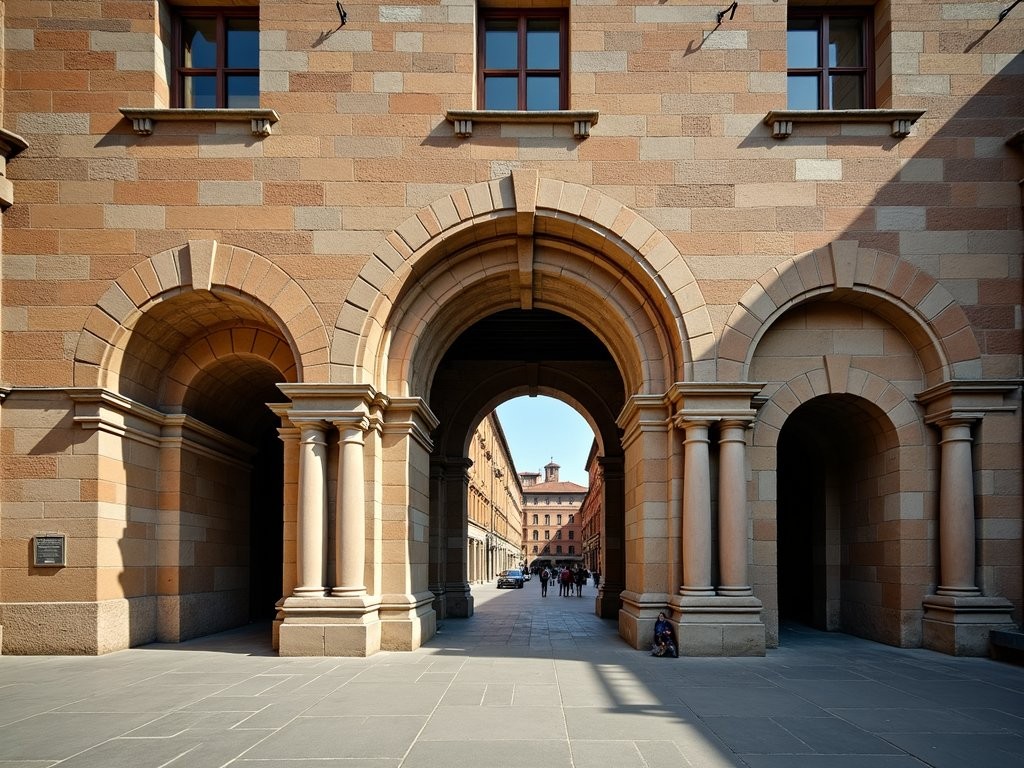
💡 Pro Tips
- Visit early morning (before 9 AM) to avoid crowds and catch beautiful lighting for photos
- Look for the Latin inscription above the arches that dates the structure to 245 AD
- The café across from the gate offers excellent espresso and a perfect viewing spot
2. Chiesa di San Fermo Maggiore: A Church of Two Worlds
When I first stumbled upon the Chiesa di San Fermo Maggiore while wandering Verona's winding streets, I thought I was entering just another beautiful Italian church. Little did I know I was about to experience one of Verona's most fascinating architectural surprises—a church that's actually two churches stacked on top of each other!
Built between the 11th and 14th centuries, San Fermo offers a remarkable two-for-one historical experience. The upper church showcases stunning Gothic architecture with its magnificent wooden ship's keel ceiling from 1350 (one of the best-preserved in Italy) and vibrant 14th-century frescoes. Meanwhile, the lower church—the original Romanesque structure—feels like stepping into a time capsule with its ancient columns, crypts, and early Christian symbols.
What makes this site special is how clearly you can see the evolution of religious architecture across centuries in a single building. The contrast between the solemn, austere lower church and the ornate, light-filled upper church tells the story of changing religious expression through the ages.
During my visit, a local guide explained that many tourists never venture downstairs, missing half the experience. The lower church's cool, hushed atmosphere provides a welcome respite from Verona's spring heat and crowds. I spent nearly an hour examining the ancient frescoes, some dating back to the 8th century.
For history enthusiasts, I recommend bringing a good travel guidebook that explains the iconography, as English information is limited on-site. The church's artistic treasures deserve more than a passing glance, and understanding their significance enhances the experience tremendously.
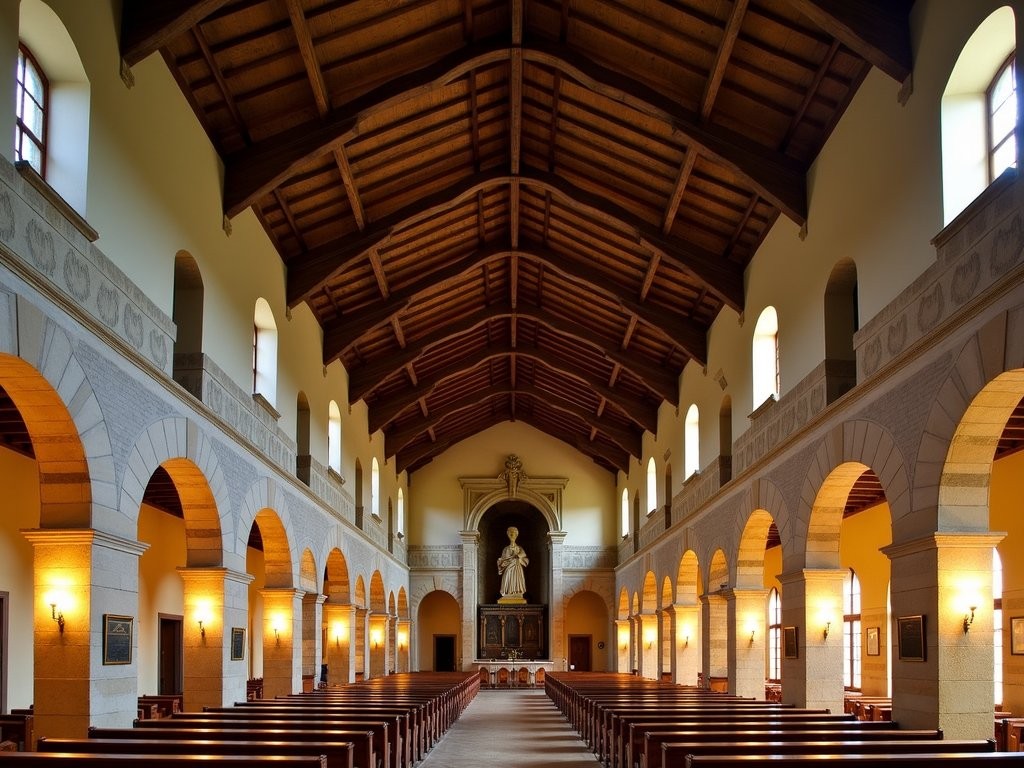
💡 Pro Tips
- Don't miss the lower church—it's included in your entry fee and contains some of the oldest frescoes in Verona
- Visit between 11 AM-2 PM when sunlight illuminates the upper church's stained glass windows beautifully
- Photography is allowed without flash, but bring a camera that handles low light well
3. Roman Theater and Archaeological Museum
Across the Adige River from the bustling historic center lies what I consider Verona's most underappreciated ancient treasure: the Roman Theater. Dating back to the 1st century BC, this remarkably preserved theater predates the famous Arena by nearly a century, yet receives just a fraction of the visitors.
Built into the hillside of San Pietro, the theater once hosted classical performances for up to 25,000 spectators. Today, about 60% of the original structure remains, including portions of the stage, orchestra area, and tiered seating that climbs dramatically up the hillside. What makes this site particularly special is how it's still used for performances during the summer months—imagine watching a play in the same space where Romans gathered 2,000 years ago!
The climb to the top tier is absolutely worth the effort. Standing at the summit, I was rewarded with one of the most spectacular panoramic views of Verona—the red-tiled roofs, church spires, and the winding Adige River create a postcard-perfect scene that few tourists ever witness. This perspective gives you a true sense of how the ancient and modern city fit together.
The adjacent Archaeological Museum, housed in the former Jesuit convent of San Girolamo, contains fascinating artifacts excavated from the theater and around Verona. The collection includes exquisite mosaics, sculptures, and everyday items that provide intimate glimpses into Roman daily life.
During my visit, I was practically alone exploring these ruins—a stark contrast to the crowds at the Arena. The peaceful setting allowed me to take my time examining the ingenious Roman engineering and acoustics. I spent an entire afternoon here, sketching the ruins and watching how the changing light transformed the ancient stones.
For the full experience, I recommend bringing a compact binoculars to spot architectural details from various vantage points and to fully appreciate the panoramic views of Verona from the upper tiers.
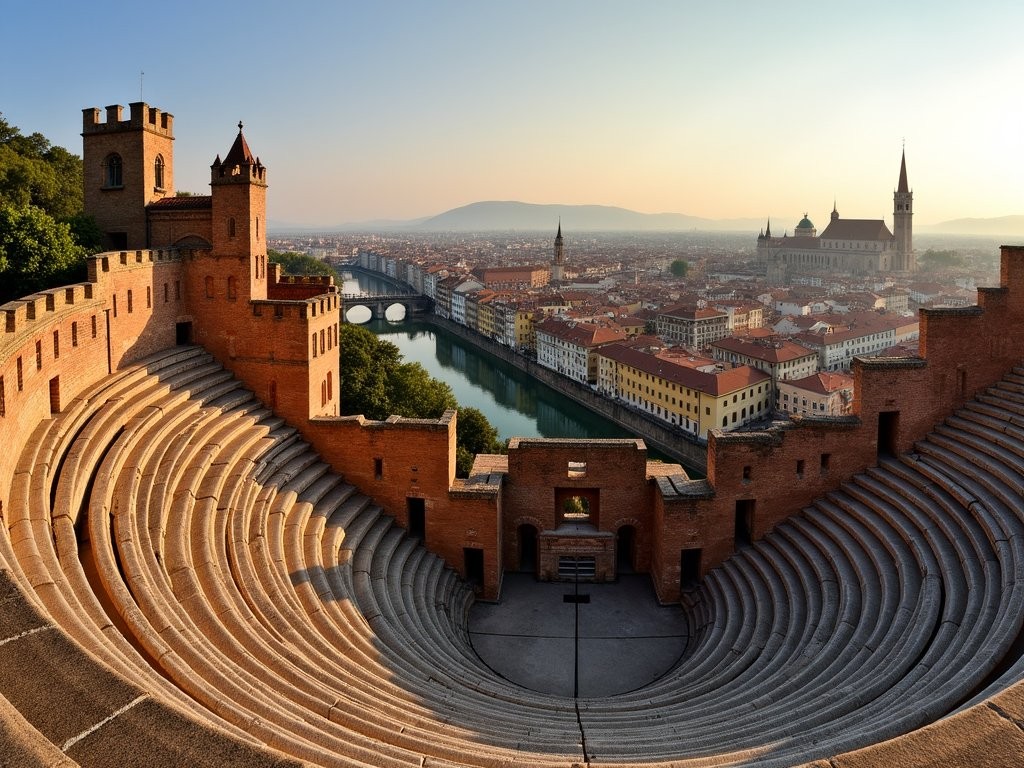
💡 Pro Tips
- Purchase the combined ticket that includes both the Roman Theater and Archaeological Museum for the best value
- Visit late afternoon when the lighting is ideal for photography and the temperature is cooler for climbing
- Wear comfortable shoes with good traction as the ancient stone steps can be slippery
4. Arche Scaligere: The Gothic Masterpieces of the Della Scala Family
Tucked away in a small courtyard beside the church of Santa Maria Antica lies one of Verona's most extraordinary artistic treasures: the Arche Scaligere, or Scaliger Tombs. These elaborate Gothic funerary monuments honor the della Scala family who ruled Verona during its golden age in the 13th and 14th centuries.
What struck me immediately was the sheer audacity of these monuments. The della Scala family weren't content with simple graves—they commissioned soaring Gothic tabernacles adorned with intricate sculptures, equestrian statues, and religious imagery that reach toward the heavens. The most impressive belongs to Cangrande I, Verona's greatest ruler and patron of Dante Alighieri.
The artistic detail is astounding—knights on horseback, saints, biblical scenes, and family heraldry all carved with remarkable precision. The wrought iron fence surrounding the monuments features a ladder motif (scala in Italian means ladder), a clever visual pun on the family name that appears throughout their heraldry.
During my visit, I was fortunate to meet a local art history professor who pointed out details I would have otherwise missed. For instance, the equestrian statue of Cangrande shows him with a smile—unusual in medieval sculpture and indicative of his reported charismatic personality. The original statue has been moved to the Castelvecchio Museum for preservation, but the replica captures its essence perfectly.
What makes these monuments particularly special is how they blend artistic beauty with political messaging. These weren't just tombs but propaganda pieces, designed to immortalize the family's power and prestige. Standing before them, you can't help but feel the della Scala family achieved their goal of eternal remembrance.
I spent nearly an hour examining the intricate carvings from every angle. The morning light filters beautifully through the Gothic spires, creating dramatic shadows that enhance the three-dimensional quality of the sculptures. For photography enthusiasts, this interplay of light and shadow presents wonderful opportunities for capturing the artistic details.
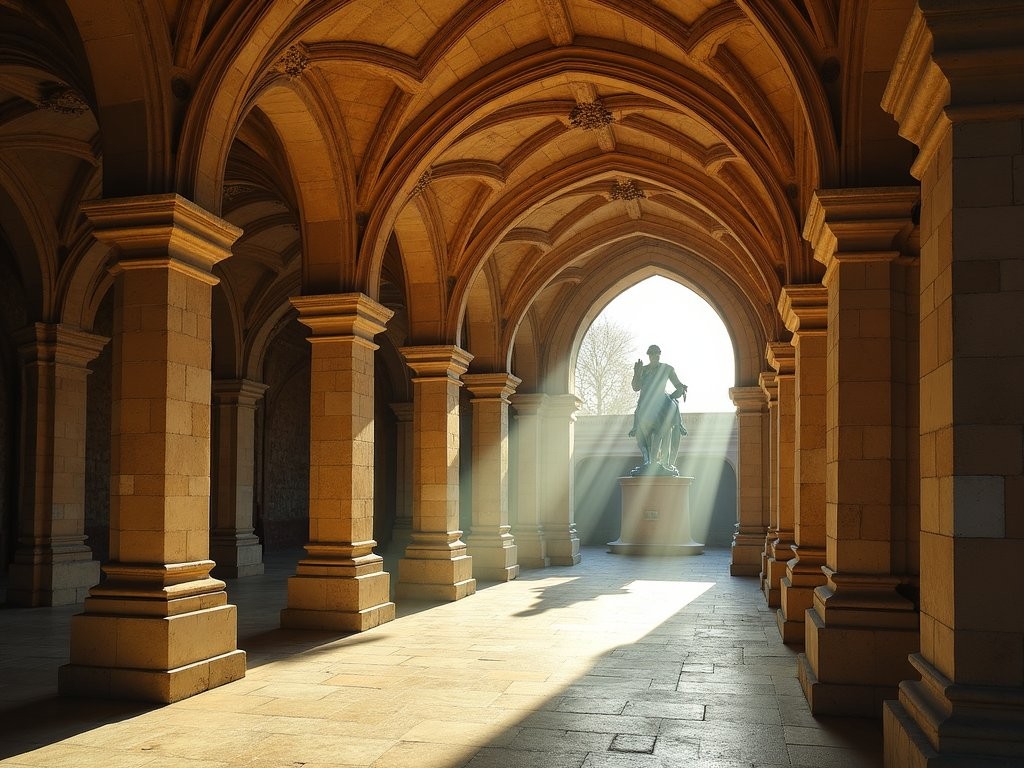
💡 Pro Tips
- Visit early morning when the light filters through the Gothic spires creating dramatic shadows
- Look for the ladder (scala) motif repeated throughout the monuments and fence—a visual pun on the family name
- The small fee to enter the enclosed area is worth it for close-up views of the detailed carvings
5. Basilica of San Zeno Maggiore: Romanesque Perfection
A short walk from Verona's center brought me to what many art historians consider Italy's finest Romanesque church: the Basilica of San Zeno Maggiore. Dating primarily from the 12th century, this magnificent structure honors Verona's patron saint, Zeno, an African bishop known for his wisdom and miracles.
The moment I approached the church, I was captivated by its striking façade of alternating bands of cream-colored stone and warm terracotta brick. The magnificent rose window, known as the 'Wheel of Fortune,' dominates the upper portion, while below, the 12th-century bronze doors feature 48 remarkable relief panels depicting biblical scenes and miracles of San Zeno.
Inside, the basilica's harmonious proportions create an atmosphere of serene spirituality. The nave is supported by alternating piers and columns that draw your eye toward the elevated presbytery. What makes this church extraordinary is how it has retained its Romanesque purity, largely escaping the Baroque makeovers that transformed many Italian churches.
The artistic highlights are numerous, but don't miss the 13th-century fresco cycles that adorn the walls, the magnificent wooden ceiling resembling an inverted ship's hull, and the hauntingly beautiful crypt containing the remains of San Zeno himself. The altarpiece by Andrea Mantegna (1457-1459) is a Renaissance masterpiece that alone justifies a visit.
Literary enthusiasts might be interested to know that Shakespeare mentioned this very church in 'Romeo and Juliet' as the place where the star-crossed lovers were secretly married. While standing in the peaceful cloister attached to the church, I couldn't help but imagine the fictional ceremony taking place in this very spot.
For capturing the intricate details of the bronze doors and stone carvings, I was glad I brought my travel tripod. The low light inside the church makes handheld photography challenging, and you'll want crisp images of the remarkable artistic treasures inside.
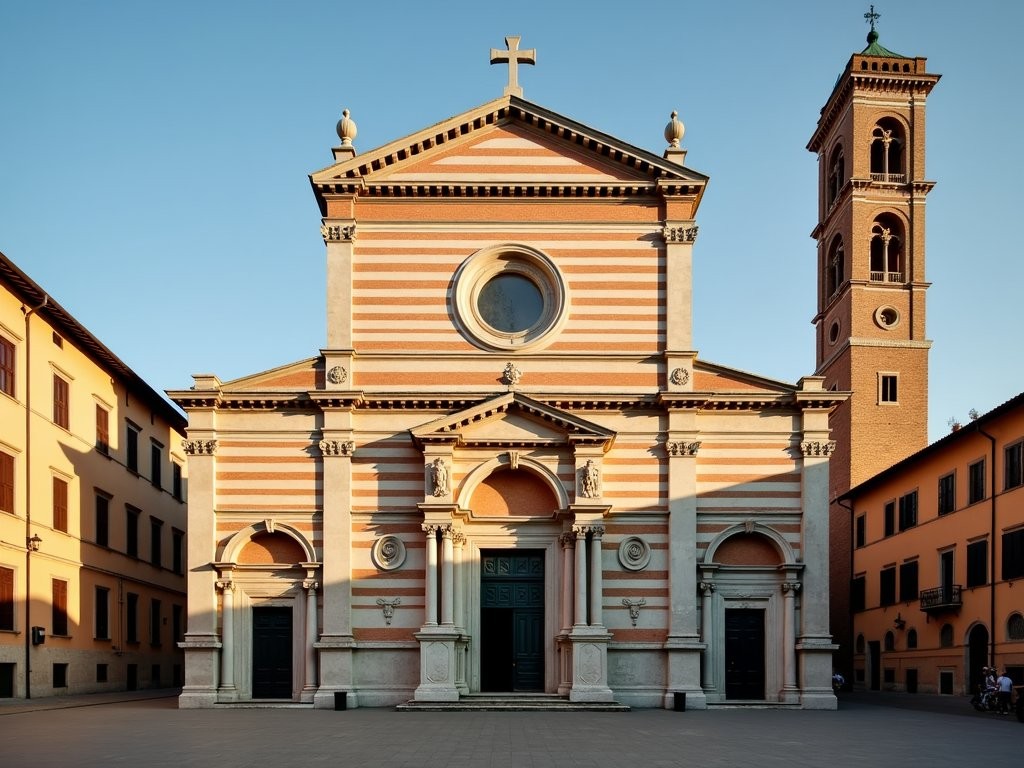
💡 Pro Tips
- Visit mid-morning when sunlight illuminates the magnificent rose window from the inside
- Take time to examine the bronze door panels closely—they tell fascinating biblical stories
- Don't miss the peaceful cloister adjacent to the church, which few tourists discover
6. Ponte Pietra: The Ancient Bridge That Survived Centuries
As the afternoon sun began its descent, casting a golden glow across the Adige River, I found myself standing before Ponte Pietra—Verona's oldest bridge and one of its most resilient monuments. Originally constructed in 100 BC during the Roman Republic, this stone arch bridge has witnessed over 2,000 years of Verona's history.
What makes Ponte Pietra remarkable isn't just its age but its story of survival and resurrection. Looking closely at the five spans, you can see different construction styles—a visual timeline of the bridge's history. The white marble arches are original Roman construction, while the brick arches tell the story of medieval reconstructions after floods damaged portions of the bridge.
Perhaps most poignant is knowing that German troops destroyed all but one arch during their retreat in 1945. After the war, Veronese citizens painstakingly recovered the original stones from the riverbed and reconstructed the bridge piece by piece—a testament to the city's dedication to preserving its heritage. Standing on these ancient stones, I felt connected to countless generations who had crossed this same span.
The bridge offers more than historical significance—it provides one of Verona's most picturesque views. From the center span, you can see the Roman Theater climbing the hillside opposite, the dome of the Duomo, and the medieval towers punctuating the skyline. At sunset, the warm light transforms the scene into a living Renaissance painting.
During my visit, I was fortunate to meet an elderly local who pointed out something I would have otherwise missed: look closely at the stones near the eastern end, and you can spot ancient Roman inscriptions and carvings repurposed during medieval reconstructions.
For photographers, this spot is magical during the 'blue hour' just after sunset when the bridge is illuminated and the sky turns a deep indigo. I set up my camera with my neutral density filter to capture the silky-smooth water effect while maintaining the bridge's illuminated details—one of my favorite photos from the entire trip.
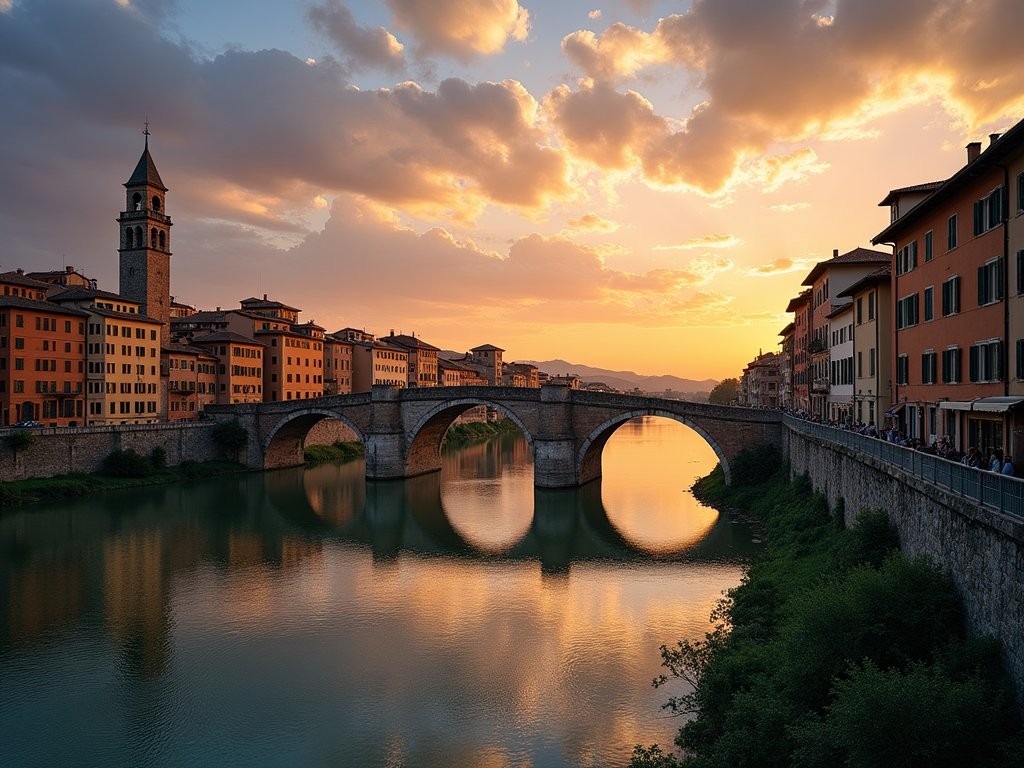
💡 Pro Tips
- Visit at sunset for the most magical lighting and fewer tourists
- Look for repurposed Roman stones with inscriptions near the eastern end of the bridge
- Cross to the opposite bank for the perfect photo composition of the bridge with the Roman Theater in the background
7. Castelvecchio and Scaliger Bridge: Medieval Power Reimagined
My exploration of Verona's hidden historical gems concluded at Castelvecchio, a formidable brick fortress that has guarded the Adige River since 1354. Built by Cangrande II della Scala (whose tomb I had admired earlier at the Arche Scaligere), this castle was designed not just to defend against external threats but also to provide the ruling family an escape route if the local population revolted—a telling insight into medieval politics.
What makes Castelvecchio truly special today is how it marries medieval military architecture with brilliant modern design. In the 1960s, architect Carlo Scarpa transformed the fortress into a museum through one of Italy's most celebrated architectural renovations. Scarpa's intervention is a masterclass in how contemporary design can enhance, rather than compete with, historical structures.
Walking through the museum, I was struck by how Scarpa created a dialogue between old and new—exposed medieval brick walls contrast with sleek concrete elements, while ingenious display systems showcase the museum's impressive collection of medieval and Renaissance art. The placement of each painting, sculpture, and architectural element feels deliberately choreographed to create a journey through Verona's artistic heritage.
Connected to the castle is the equally impressive Ponte Scaligero, a fortified bridge that spans the Adige with three elegant arches. Like Ponte Pietra, it was destroyed during World War II and meticulously reconstructed afterward. Walking across its length, I marveled at the medieval engineering that created such a graceful yet defensible structure.
The castle's ramparts offer another spectacular vantage point for city views. As evening approached, I climbed to the highest tower and watched the setting sun bathe Verona's terracotta rooftops in golden light. The panorama encompasses nearly every historical period of the city—Roman ruins, medieval churches, Renaissance palaces, and modern developments coexisting in remarkable harmony.
The museum houses a world-class collection of medieval weapons, armor, sculptures, and paintings, including works by Pisanello, Bellini, and Veronese. I was particularly moved by the intimate religious paintings that once adorned private family chapels—these works feel deeply personal compared to the grander church commissions.

💡 Pro Tips
- Allow at least 2-3 hours to properly explore both the architecture and the art collection
- The museum is less crowded in late afternoon, and lighting is better for photography
- Don't rush through the exhibition spaces—Scarpa's architectural details reward careful observation
Final Thoughts
As my weekend in Verona drew to a close, I found myself sitting at a quiet café near Ponte Pietra, watching the last light fade from the ancient stones. The Verona I discovered on this trip was vastly different from my first rushed visit years ago—richer, more complex, and infinitely more rewarding. Beyond the tourist crowds at Juliet's balcony lies a city of extraordinary depth, where each hidden corner reveals another chapter in its 2,000-year story. From the engineering brilliance of Roman builders to the artistic vision of medieval rulers and the sensitive restoration work of modern architects, Verona offers a remarkably complete portrait of Italian urban history. What makes these seven sites special isn't just their beauty or historical significance, but how they remain integrated into the living fabric of the city. Unlike museum pieces frozen in time, Verona's historical treasures continue to serve and inspire the community that has preserved them through centuries of change. Whether you're planning a romantic weekend or seeking deeper cultural connections, I hope this guide helps you discover the authentic Verona that has captured my heart.
✨ Key Takeaways
- Verona rewards those who venture beyond the famous Romeo and Juliet sites with remarkably preserved Roman, medieval, and Renaissance treasures
- The city's smaller museums and churches often provide more intimate and authentic experiences than the major tourist attractions
- Spring is ideal for exploring Verona's hidden gems, offering pleasant weather and fewer crowds than summer months
📋 Practical Information
Best Time to Visit
April-June and September-October for mild weather and fewer crowds
Budget Estimate
€150-250 per day for mid-range accommodations, meals, and attractions
Recommended Duration
2-3 days to properly explore beyond the main tourist sites
Difficulty Level
Easy - Most Sites Are Within Walking Distance In The Compact Historic Center



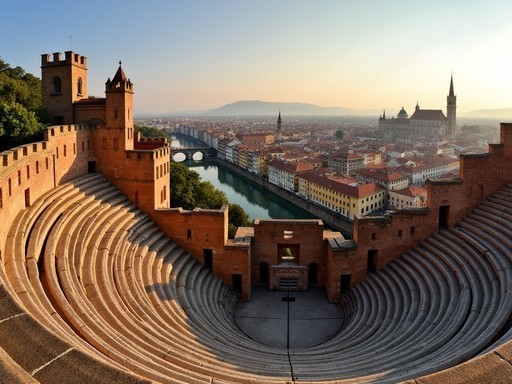
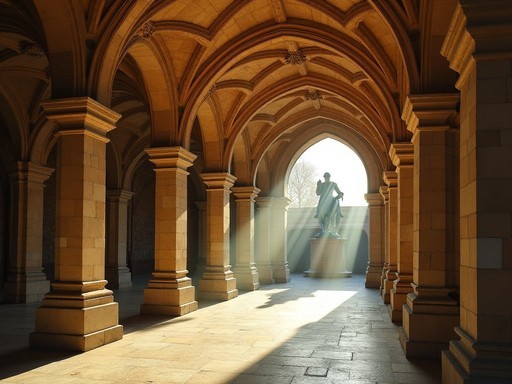
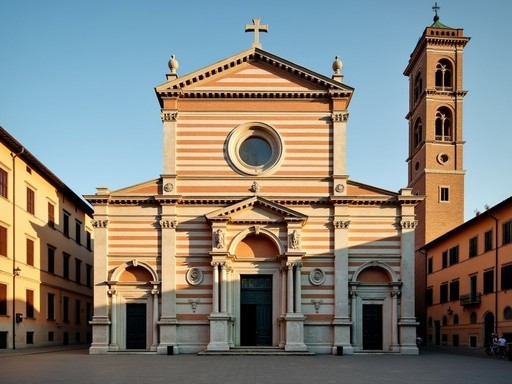
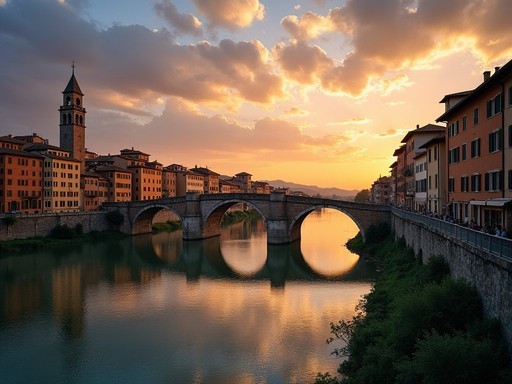



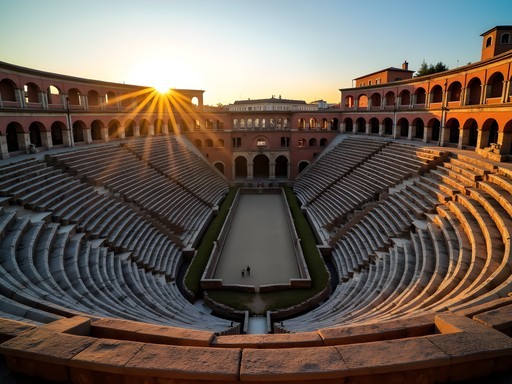






Comments
beachclimber
That sunset shot from Ponte Pietra is STUNNING! I could almost feel the warmth of the golden light on those ancient stones. Your photography really captures the magic of Verona beyond the tourist spots!
backpackwalker
Has anyone visited all these spots in a single day? Planning a day trip from Venice and wondering if it's doable or if I should stay overnight.
beachclimber
Definitely stay overnight! We tried to do Verona as a day trip and regretted not having more time. The city has such a different vibe in the evening when the day-trippers leave.
Sage Dixon
Adam, your post brought back such vivid memories! I was in Verona last fall and completely fell for the city beyond the Shakespeare connection. The Arche Scaligere were a highlight for me - I spent nearly two hours sketching those intricate Gothic details. One tip for anyone visiting: there's a small, family-run osteria just around the corner from Porta Borsari called Osteria Sottocosta where I had the most incredible risotto all'Amarone. The owner explained how the dish represents Verona's culinary heritage while I sipped local Valpolicella. Sometimes the food experiences are as historically rich as the monuments!
backpackwalker
Sage - is Osteria Sottocosta budget-friendly or more of a splurge? Trying to plan my meals in Verona!
Sage Dixon
It's mid-range - not the cheapest but definitely not fine dining prices. The risotto was about €16 and absolutely worth it. They also have more affordable pasta dishes around €12-14. The house wine is excellent and reasonably priced!
skyninja
If you're visiting the Roman Theater, go early or late in the day to avoid crowds. I'd also recommend bringing a good pair of walking shoes and a pocket guidebook since many of these sites don't have extensive English signage. The Archaeological Museum next to the theater is often overlooked but houses some fascinating artifacts that give context to everything you're seeing around the city.
freeclimber
Those photos of Porta Borsari are amazing! Adding Verona to my bucket list!
Claire Hawkins
Adam, thank you for highlighting these hidden gems! We visited Verona last summer with our children and completely missed the Arche Scaligere. Those Gothic monuments look incredible in your photos! We did stumble upon the Porta Borsari while looking for a gelato shop, and my husband (the history buff) was ecstatic. The kids loved running through that ancient Roman gateway, imagining they were time travelers. One place I'd add to your list is the Giardino Giusti - Renaissance gardens with the most charming maze that our children spent hours exploring while we enjoyed the peaceful atmosphere and mountain views.
backpackexplorer
Going to Verona next month! How much time should I set aside for the Chiesa di San Fermo Maggiore? Is it worth the visit?
Claire Hawkins
Absolutely worth it! I'd recommend at least an hour. The contrast between the upper and lower churches is fascinating, and the wooden ceiling in the upper church is spectacular. My kids were even impressed, which says a lot! Try to go when the light is streaming through the windows - magical.
backpackexplorer
Thanks Claire! Adding it to my itinerary for sure.
globenomad
I had the exact same experience in Verona! Spent 15 minutes at Juliet's balcony, took the photo, and almost left. So glad I decided to stay an extra day and discovered the Roman Theater. The view from the top is absolutely incredible, especially at sunset. Did anyone else climb all those steps to the top? My legs were burning but totally worth it!
beachclimber
YES! Those steps nearly killed me but the panoramic view was unbelievable. I went early morning though - fewer people and great light for photos!
globenomad
Early morning is smart! I was sweating buckets in the afternoon sun 😅
journeyhero
THANK YOU for this post!!! Just got back from Italy and followed your advice in Verona instead of just doing the tourist thing. The Roman Theater was the highlight of our entire trip!!! We sat up there for almost 2 hours just soaking in the view and imagining what performances would have been like 2000 years ago. My kids (12 and 14) were even impressed, which is saying something! We also found this amazing gelato place near Chiesa di San Fermo Maggiore - can't remember the name but it had a blue awning. Best pistachio gelato of my life!
luckyking
That shot of Ponte Pietra at sunset is stunning! What camera do you use?
Adam Gibson
Thanks luckyking! Just my phone actually - Google Pixel 7. The light in Verona does all the work!
Venture X
Premium card with 2X miles, $300 travel credit, Priority Pass